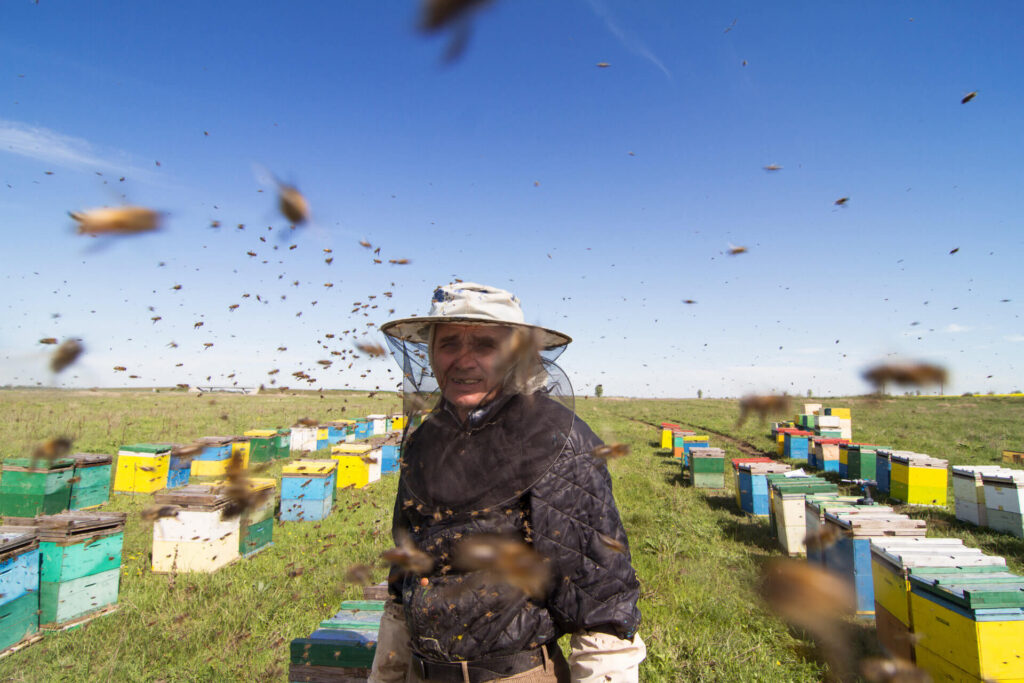Thermolux
Innovative Certified Energy Beehive Color
High quality special water based paint for beehives.
Elastomeric acrylic 100% energy thermoceramic paint suitable for the painting of new unpainted beehives but also for the repainting of those already painted with solvent-based varnish paint.
Certified product for high reflectivity and low conductivity.
It protects the beehive from severe climatic conditions, frost or heat.
It maintains its elasticity even at temperatures from -20°C to + 80°C and covers perfectly capillaries and small cracks.
Unlimited color options with the coloring system TETRALUX!
Also available in five ready-made colors.
White, Red, Green, Yellow, Blue,
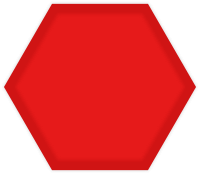
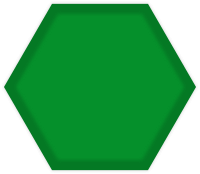
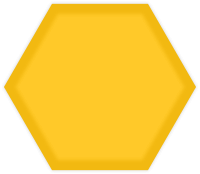

Application Instructions
Make sure you have clean and dry surfaces. Free from foreign bodies and substances such as loose paints, oils, dust, resin. Appliance and drying in temperatures from 10°C to 35°C.
Packaging
750ml, 2.5lt, and in larger packages upon request.
Storage
At temperatures from 5 ° C to 40 ° C in a shady place. Close the container after use.
Coverage
It covers 10-12m2/l per layer.
Cleaning Tools
Remove as much material as possible from the tools and clean them immediately with water and detergent solution.
Unpainted Beehives
Apply one or two coats first to the compounds from the product itself without diluting.
Diluted up to 5% with water for brush or roller and up to 10% for a pistol.
Time variations may depend on the whether conditions.
Painted Beehives
Apply one or two coats first to the compounds from the product itself without diluting.
Diluted up to 5% with water for brush or roller and up to 10% for a pistol.
Time variations may depend on the whether conditions.
For the best possible energy efficiency, we need a film thickness of 300μm and we usually achieve this with three layers.
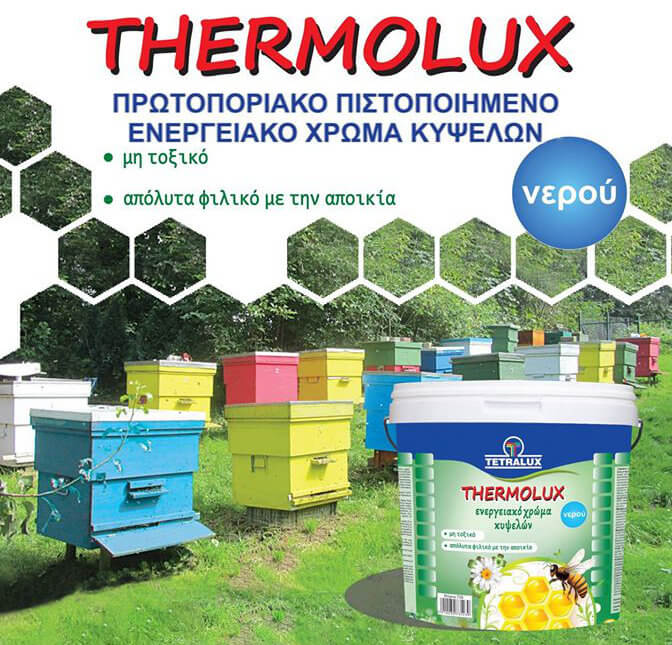
Beelux
Special beehive color
High quality special water-based paint 100% for acrylic beehives. Suitable for painting new unpainted beehives but also for repainting those already painted with solvent-based varnish. It has excellent adhesion, elasticity, coverage, and excellent finish. It does not turn yellow over time. No primer required.
Also available in five ready-made colors. White, Red, Green, Yellow, Blue,
Also available in five ready-made colors.
White, Red, Green, Yellow, Blue,





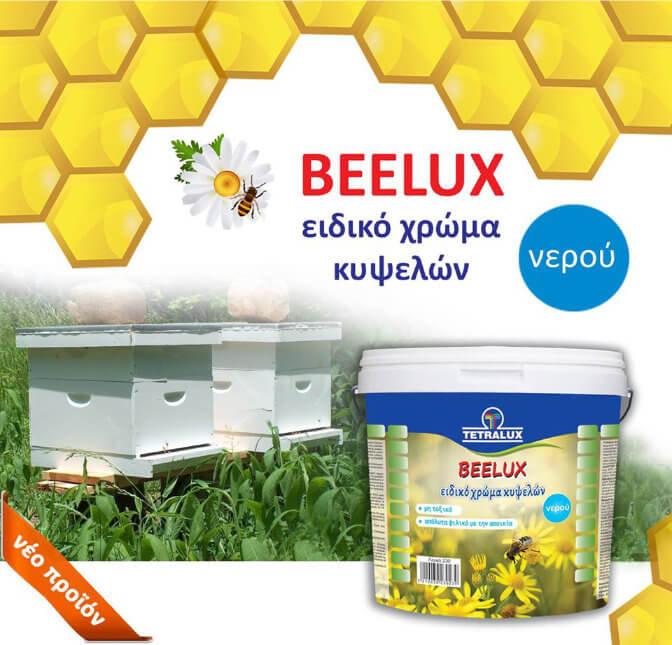
Application Instructions
Appliance and drying in temperatures from 10°C to 35°C. Shake well before use. Surfaces must be free of foreign bodies and substances, such as loose paints, oils, dust, resin.
Packaging
750ml, 2.5lt, and in larger packages upon request.
Storage
At temperatures from 5 ° C to 40 ° C in a shady place. Close the container after use.
Coverage
Covers 12-14m² / lt per layer on properly prepared surfaces.
Cleaning Tools
Remove as much material as possible from the tools and clean them immediately with water and detergent solution.
Unpainted Beehives
Apply one or two coats first to the compounds from the product itself without diluting.
Diluted up to 5% with water for brush or roller and up to 10% for a pistol.
Time variations may depend on the whether conditions.
Painted Beehives
Apply one or two coats first to the compounds from the product itself without diluting.
Diluted up to 5% with water for brush or roller and up to 10% for a pistol.
Time variations may depend on the whether conditions.
For the best possible energy efficiency, we need a film thickness of 300μm and we usually achieve this with three layers.
Beehives
A hive is a natural or human structure (natural hive or artificial hive) in which bees live. In order for the hives to withstand extreme weather conditions, they must be painted and maintained properly, so that the bees that are hosted continue to be efficient.
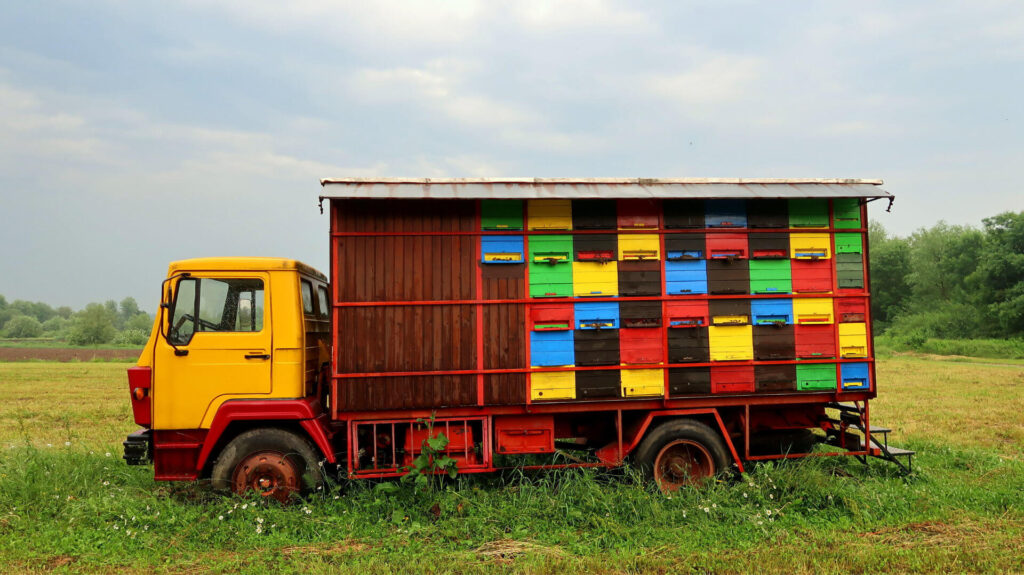
The Bees
Bees appeared on earth about 80 million years ago, and today there are over 20,000 species of bees and 700 genera around the world. The perfect symbol of man-made nature.
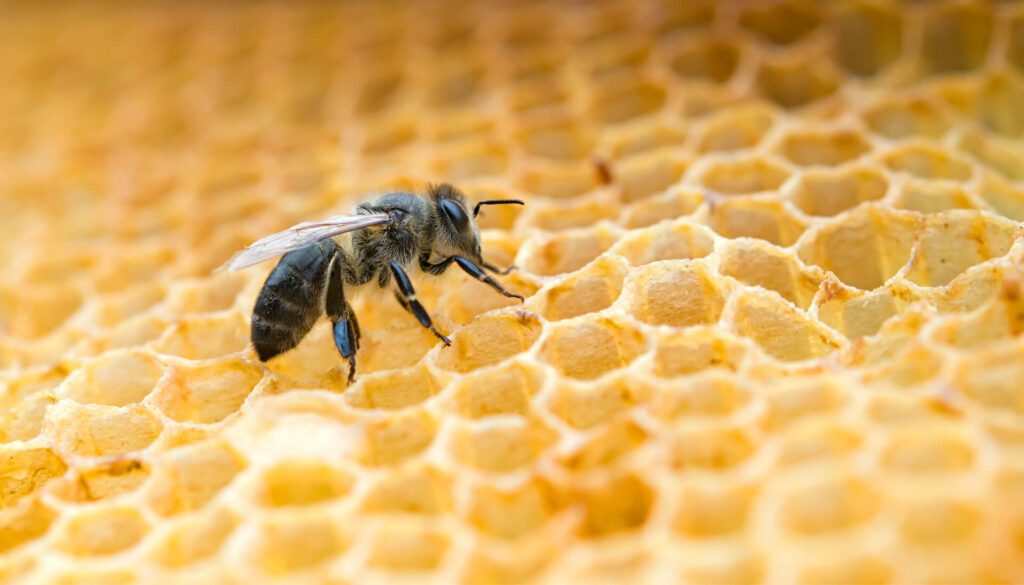
Are Bees in Danger?
Bees are affected by many factors related to climate change and environmental degradation… From 2006-2009, more than 1/3 of European and American beekeepers confirmed the grim reality: their hives were deserted, according to the report prepared by the American Beekeeping Inspectors.
October 2010 New York Times front-page article
How important are they?
Bees are important, without them nothing would work in nature. The contribution of bees to the environment and to humans is not limited to the very useful products they produce (honey, pollen, royal jelly, etc.) but also extends to the reproductive process of plants (pollination). Pollination is one of nature’s most important processes that contribute to biodiversity, and an impressive number of foods are needed for pollinating insects to grow.
"Make a bee happy and be happy."
20.05.2018
Die Zeit: If the bee disappears, humanity will be lost. Peter Rosenkrantz, one of Germany’s leading bee researchers and head of the Bee Science Laboratory at the University of Hohenheim, is adamant:
“The bee will be the last insect to die,” he says. “It will not be threatened as long as there are beekeepers.”
Recommendations for Precautionary Measures for the User. Always use appropriate personal protective equipment.
